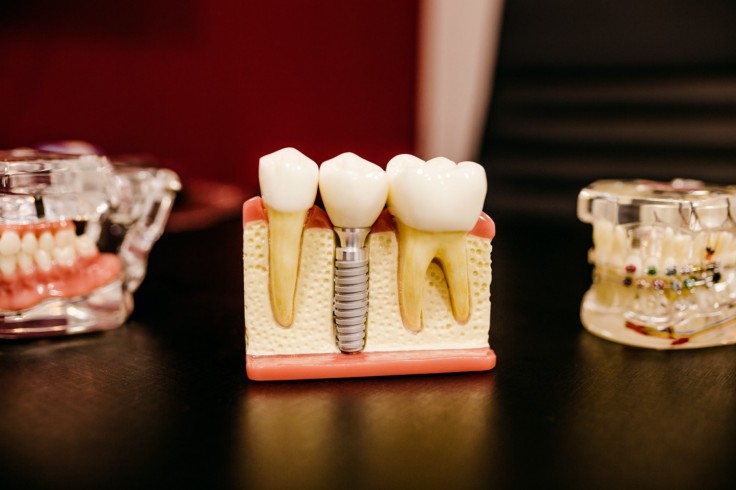
Teeth are an essential part of life. We use them to crush and chew the food we eat and we also use them to help shape the sounds of the words we use in everyday speech. Good teeth also have a cosmetic and aesthetic value when we smile.
However, our teeth have evolved over many millions of years, in general becoming smaller - as have our mouths. Scientists believe this was mainly down to changes in our diet. As we changed from mainly meat-based diets and expanded our dietary range, so the teeth we needed to survive also changed.
Today, humans have four main types of teeth, each serving a particular function and role. Most human adults will have 32 teeth whereas children have just 20.
Incisors
The incisors are found at the front of the oral cavity on both the upper and lower rows of teeth. Your eight front teeth (four on the top, four on the bottom) are your incisors. The two teeth in the middle are referred to as the central incisors with the other two on either side are called the lateral incisors.
Incisors have a single root and are shaped a little like a chisel with sharp edges to help you bite. When you bite into an apple or a burger etc, you use your incisors to cut into the food.
Incisors are usually the first teeth to grow, appearing in babies around six months old. Adult incisors appear in children around six to eight years.
Canines
The canines sit directly behind the incisors and are used mainly for tearing food. They are your sharpest, most pointed teeth and also have a single root. There are four canines in total - two on the top, two on the bottom.
Canine teeth first appear in babies aged around 16 to 20 months, with the adult sets usually appearing in children aged nine to twelve years. Canines also have a single root.
Premolars
Working our way back through the mouth, the next teeth we come to are the premolars. There are eight premolars (four on the top, four on the bottom). These teeth are also sometimes called bicuspids.
We use our premolars mostly to crush and grind food to make it easier to swallow and simpler for our digestive systems to process the food we eat. Premolars are much bigger than our canine and incisor teeth and have a flat surface with ridges to grind food. Our premolars tend not to appear until around age 10.
Molars
The molars are the biggest, strongest teeth in the mouth and are also used primarily for crushing food. As we eat, our tongue moves food to the back of the mouth, where the molar then grinds the food to be easier to digest.
Molars include the wisdom teeth (also known as third molars), which are last to appear - usually between the ages of 17 and 25 (the age varies from person to person). Often, if the mouth is too small, these teeth become impacted under the gum and have to be removed. The accurate price range to remove your third molars varies between dental surgeries and is mostly based on the complexity of the process of removal.
The earlier molars tend to appear in children aged between six and eight years old.
Your teeth are strong. However, they still require regular care to last through your lifetime. You should visit a dentist every six months and of course brush and floss your teeth twice daily (or more), to keep them in the best condition.